After the success of the Moon landing, India decided when to launch its next space mission - to study the Sun.
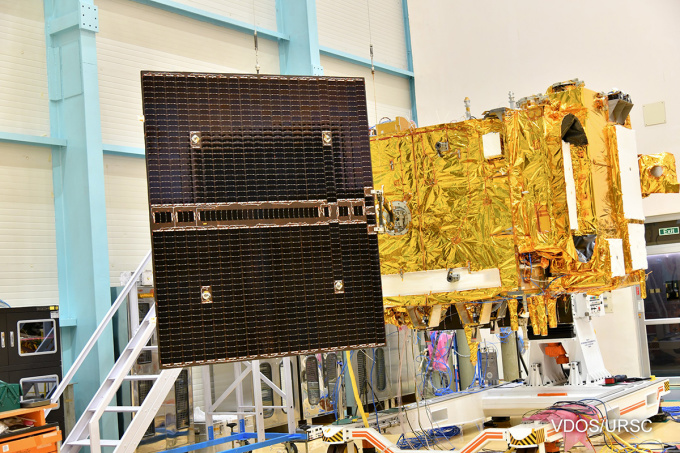
The Aditya-L1 solar research spacecraft is expected to launch into space in early September. Photo: VDOS/URSC
Aditya-L1, India's first space observatory dedicated to studying the Sun, is being readied for launch from the country's main spaceport in Sriharikota, according to the Indian Space Research Organisation (ISRO). "We are planning to launch in the first week of September," S. Somanath, chairman of ISRO, told Reuters on August 26.
Named after the Hindi word for “Sun,” Aditya-L1 is tasked with studying the solar wind, a phenomenon that can impact Earth and often causes auroras. In the long term, data from the spacecraft could help scientists better understand how the Sun influences climate patterns on Earth. NASA and the European Space Agency’s (ESA) Solar Orbiter spacecraft also recently detected relatively small streams of charged particles that occasionally shoot out of the corona – the Sun’s outer atmosphere – which could help shed light on the origins of the solar wind.
India’s heavy-lift rocket, PSLV, will launch the Aditya-L1 spacecraft into space. The spacecraft is expected to travel 1.5 million kilometers in about four months, orbiting around Lagrange point 1 (L1). Lagrange points are places where objects tend to stay still due to gravitational balance, helping spacecraft save fuel. Lagrange points are named after the mathematician Joseph-Louis Lagrange.
In 2019, the Indian government approved the equivalent of about $46 million for Aditya-L1. ISRO has not yet given an official update on the cost. However, India is known for its cost-competitiveness in space engineering, which executives and planners hope will boost India’s increasingly privatized space industry. The Chandrayaan-3 mission, which landed a spacecraft near the lunar south pole, cost just about $75 million.
Thu Thao (According to Reuters )
Source link










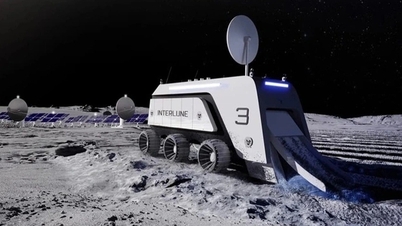

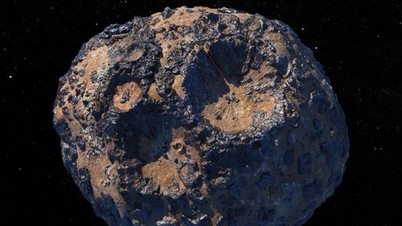

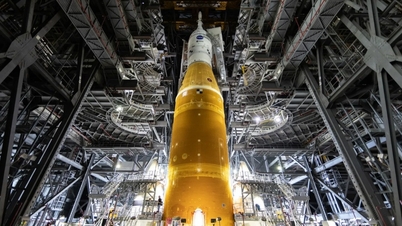
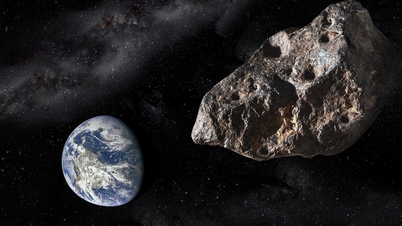
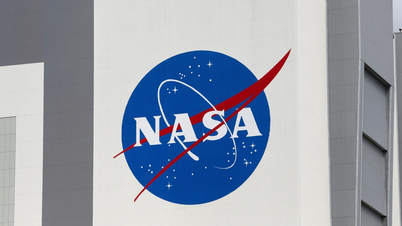
































































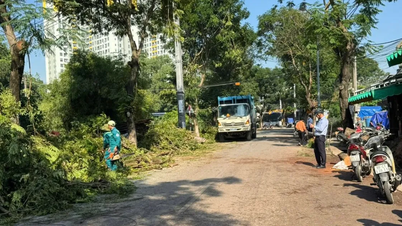
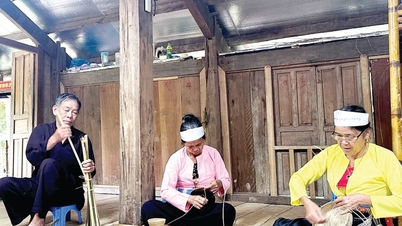




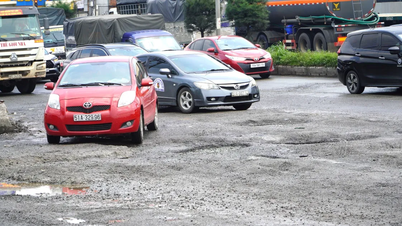
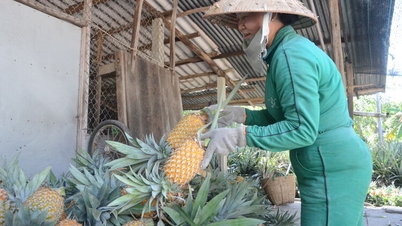














Comment (0)